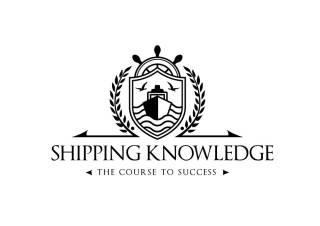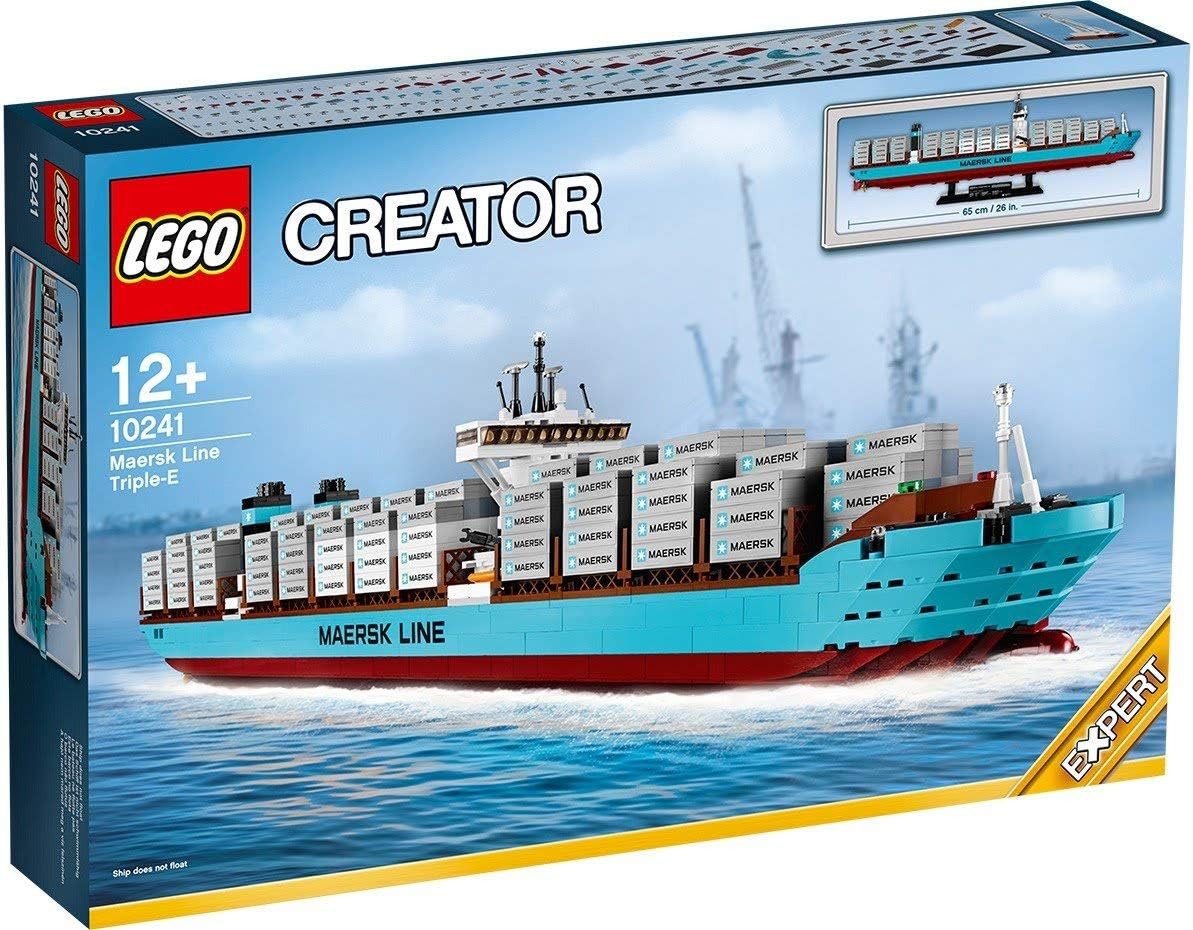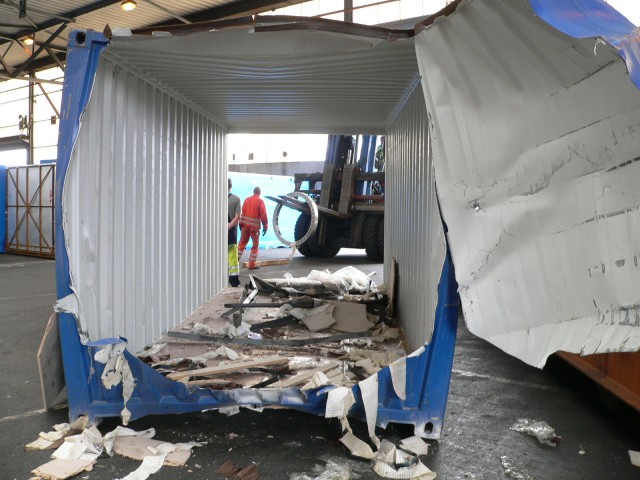Top 3 Functions of Bill of Lading. Bill of Lading types.
3 Functions of a Bill of Lading
Whenever something happens (containers lost overboard) with your cargo, you would refer to terms and conditions of carriage written on the other side of Bill of Lading.It is important to understand what roles are given to the leading shipping document in industry.
What refers to a Bill of Lading
Bill of Lading (Abbreviation: B/L) is a vital legal document that plays the most significant role in the entire shipping and freight procedures. A Bill of Lading is issued by a shipping agent/carrier/logistics company and it contains the details of the consignment such as the quantity, nature and final destination of the products being carried. However, it is more than merely a document containing details of the goods shipped.
To understand this, we need to look into the basic roles or functions of a Bill of Lading in the entire shipping process. A B/L has three basic roles which are as follows:
- An affirmation/Proof of Contract of Carriage
People generally misunderstand the purpose of the Bill of Lading by considering it as a contract between the shipper/seller of the goods and the receiver/buyer. However, the general details of the goods such as their type, quantity, location where the goods are to be shipped, procedures to transfer the goods from one location to another, pricing and mode of payments are already discussed and sorted out between the buyer and the seller either through a written contract or through a verbal agreement.
Another misconception about a Bill of Lading involves the notion that is is a general contract signed between a seller/shipper and the shipping company. But they overlook the fact that when the seller/shipper employed the services of the carrier/logistics company to carry the goods from origin to destination tey already made a contract and finalized the details involved.
So What Exactly a Bill of Lading Has to Do Here?
The first function of a Bill of Lading is that it serves as a PROOF of the contract of shipping which has been signed between the Seller/Goods owner and the shipping agent/carrier. This is to ensure that the transportation of the shipment is done in accordance with the sales contract between the seller/sender and the buyer/receiver.
- Receipt of the Shipment
The logistics company/carrier issues a B/L to the shipping agent of the seller which serves as evidence that the carrier has received the shipment from the shipping agent in a safe and sound condition as it was assigned to the shipping agent by the seller/sender of the goods. So, this B/L also serves as a receipt of the cargo service.
- As a Certificate of Title
The B/L here serves as a document that confers or proves ownership of the holder of the Bill of Lading when the goods are finally delivered at a predetermined destination. It gives the holder the authority to claim the shipment or assign it to someone else.
Bill of Lading types
Considering the aforementioned functions of a B/L, we can classify B/L into certain categories. A few significant ones among them are discussed as follows:
Straight Bill of Lading
This refers to a non-negotiable and non-transferable bill of lading and is assigned as an Original document to a named collector/receiver of the goods. In such a case, the presentation of the identification of the consignee is mandatory in order to release the consignment. Moreover, the person or company needs to surrender at least one copy of the B/L.
This type of B/L entirely meets the first two aforementioned functions of a B/L but it doesn’t comply with the requirements of the third function ”Certificate of Title” because this type of Bill is neither transferable nor negotiable.
Sea Waybill
This type of B/L is also a non-negotiable and non-transferable document of title and is assigned to a named beneficiary. There is no original B/L required and the consignment is automatically authorized for release to the consignee when it reaches the destination.
Such bills are generally issued for:
-
- Inter-firm
Inter-firm shipments often use Sea Waybill such as a shipment sent from IKEA Company Sweden to IKEA Company Estonia.
-
- Business to Business
The goods are sent from one company to another company but there are no direct or indirect (through bank etc.) further agreements or negotiations needed for the handling of the shipment to the consignee.
-
- No Submission of Original B/L
This is not obligatory for the sender of the consignment to present an original B/L to someone in order to receive the payments. That being the case, the consignee is also not required to present a surrender. When nothing has to be mailed to destination for shipment release,
Since no Original Bills of Lading were created, nothing has to be mailed to destination for cargo release and such release may be termed as ”Express Release” and is notified properly on the B/L.
The Sea waybill meets the first two functions but does not meet the third requirement of Certificate of Title since the document is neither transferable nor negotiable.
Negotiable B/L
This is also termed as an ‘Order Bill’ and refers to the B/L when it is issued in Original and dispatched as ”To Order” or ”To Order of Sender/Seller/Shipper” or ”To Order of XYZ Bank”.
Another vital function a B/L plays is to work as a flexible or negotiable mechanism for payments between a seller and a buyer with the help of a Letter of Credit(refers to a letter issued by one bank to another to make guaranteed payments to a person or a business by another person or business under specific conditions).
This must be kept in mind that a negotiable B/L must be preserved with utmost care as losing an original B/L might consequently make a person follow complex and troublesome procedures.
Important part of the B/L
The Back of the B/L is another distinctive attribute of this kind of B/L. It is the first page of a B/L and it consists of the terms and conditions of the carrier. However, some carriers prefer not to include the Terms and Conditions on the back of their B/L (termed as ”Blank Back short form B/L”
The shipment will only be released to the consignee after the surrender of at least one of the issued original B/L to the destination port staff. Moreover, for such type of B/L, the possibility of transfer or endorsement of B/L to another client is open, so the back of the B/L would be checked for the presence of such endorsements. This type of B/L performs all of the three above mentioned functions.
In order to recognize the shipping agent’s liability to carry out the goods, the B/L is categorized in numerous ways. Following are some of the ways in which a B/L is titled or termed:
1) Port to Port/Ocean B/L
In such type of a B/L the logistic company or carrier is only liable for the shipping of goods from the origin port to the destination port. Therefore. the point of origin or final destination is not required to be mentioned in such B/L.
2) Combined Transport B/L
This B/L will cover whatever means or modes of transport have been used to carry out the shipment from origin to destination. A single contract will encompass all of the services and transportation carried out to deliver the goods.
Furthermore, the responsibility of safe and sound delivery of goods through all of the transportation channels lies with the carrier.
In a Combined Transport B/L, the sections of ”Place of receipt by pre-carrier”, ”On-Carriage by” etc. will be entered.
3) Multimodal Transport B/L
This is similar to the Combined Transport B/L.
4) Through B/L
A through B/L is almost similar to Combined Transport B/L with the exception that the carrier is directly liable for the port to port transportation of the shipment. However, for the non-coastal inland movement, the carrier performs the role of an agent by arranging the transportation. In this case, the carrier is supposed to specify the terms on the through B/L.
In a Through B/L, the sections like ”Pre-Carriage by”, On-Carriage by” etc will be entered. Many people have a false notion as they term a bill as Telex Release B/L when there is no such term in existence.
Have you ever wondered how many unique and versatile documents like Bill of Lading are out there?
Atricle is re-written by Maryam Zafar.2019





